Table of contents
Custom tees are more than just clothing—they’re a statement, a form of self-expression, and a powerful branding tool. Whether you’re designing shirts for your business, an event, or a personal project, custom tees allow you to transform a blank fabric canvas into something meaningful and memorable. From startups building brand identity to friends creating matching outfits for reunions, the demand for custom tees continues to grow across all audiences.
In this comprehensive guide, we’ll walk through every step of how to create custom tees like a professional—from concept and design to printing, packaging, and delivery. Whether you’re a beginner exploring your first design or an entrepreneur expanding your merchandise line, this article will help you produce high-quality custom tees with confidence and creativity.
Understand Your Purpose and Audience
Before jumping into design software or choosing fabric, take time to understand why you’re making custom tees. Your purpose determines everything else—design choices, print techniques, materials, and even packaging.
Ask yourself:
- Are these custom tees for promotional purposes or resale?
- Who will wear them—employees, customers, fans, or family members?
- What emotions or messages do you want the shirts to convey?
For example, a corporate team shirt may require a sleek, uniform design with your logo, while event tees might lean toward colorful, eye-catching graphics. The better you understand your target audience, the more appealing your custom tees will be.
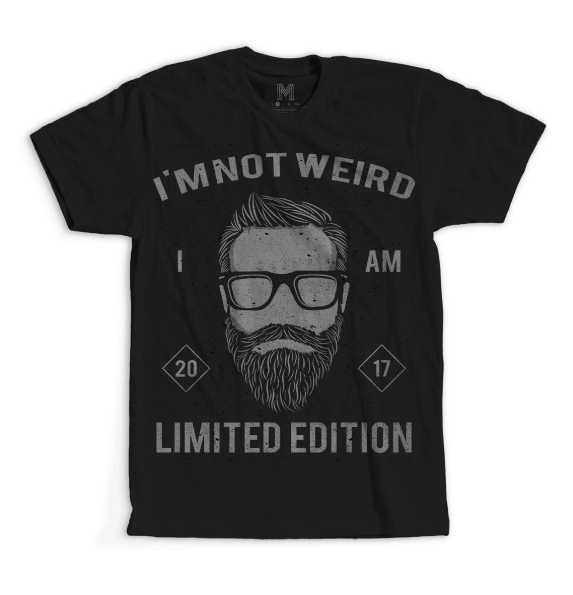
Choosing the Right Fabric
Fabric choice is one of the most crucial aspects of producing professional custom tees. The comfort, appearance, and durability of your shirt depend heavily on the material you choose.
Here are some popular fabric options:
- 100% Cotton – Soft, breathable, and easy to print on. Great for everyday wear and vibrant prints.
- Cotton-Polyester Blend – Offers durability, wrinkle resistance, and reduced shrinkage.
- Tri-Blend (Cotton, Polyester, Rayon) – Lightweight and smooth with a modern, fitted look.
- Organic Cotton – Eco-friendly and sustainable, ideal for environmentally conscious brands.
For custom tees intended for sports or outdoor activities, moisture-wicking fabrics like polyester blends are best. For comfort-focused lifestyle tees, cotton or tri-blends are more suitable. Remember, the fabric not only affects how your design looks—it also impacts how people feel wearing it.
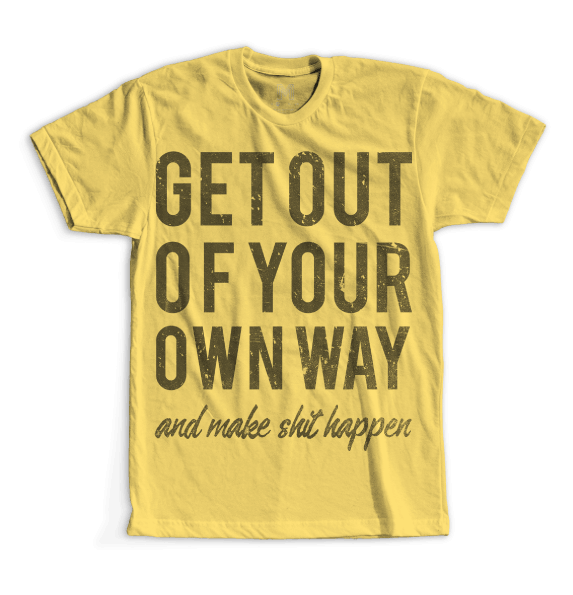
Designing Your Custom Tees Like a Pro
This is where creativity shines. Designing custom tees involves balancing aesthetics, readability, and emotion. You don’t need to be a graphic designer to make something amazing—just follow these core design principles.
1. Keep It Simple
The most iconic custom tees (think Nike’s “Just Do It” or classic band shirts) often feature minimal yet bold designs. Too many colors or fonts can overwhelm the viewer.
2. Use High-Resolution Graphics
Blurry prints are a major turnoff. Always use vector graphics (AI, EPS, or SVG files) or high-resolution images (300 DPI or higher) for crisp, professional results.
3. Choose the Right Color Combinations
Contrast is key—light designs look great on dark tees, while bold graphics pop on lighter shades. Make sure your brand colors are consistent across all your custom tees.
4. Mind the Placement
Common print locations include the front center, pocket area, back, and sleeves. Always preview how your design will appear when worn. Some online mockup tools allow you to visualize this easily.
5. Tell a Story
A custom tee should communicate something—whether it’s a logo, slogan, or cause. Use text and imagery that resonate emotionally with your audience.
Pro tip: Tools like Canva, Adobe Illustrator, and Figma make it easy to design your own custom tees, even if you’re not a design expert.
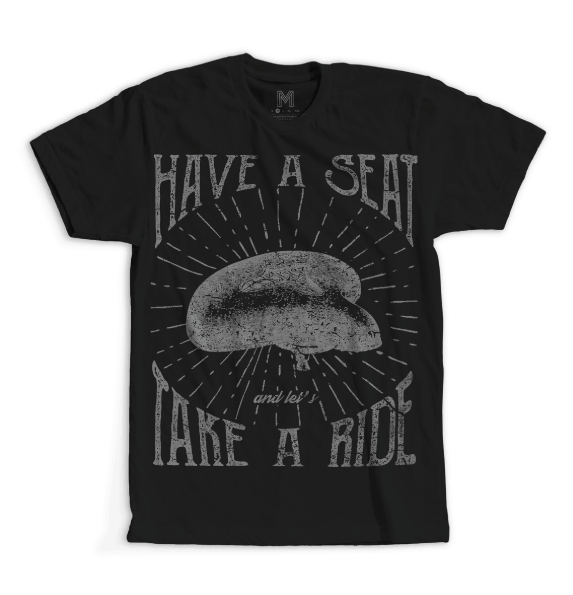
Selecting the Best Printing Method
Once your design is ready, it’s time to bring it to life. The printing method you choose will directly affect the texture, color quality, and longevity of your custom tees. Here are the most common printing options:
1. Screen Printing
Screen printing is one of the oldest and most reliable methods for custom tees. It involves pushing ink through a mesh stencil onto the fabric. It’s ideal for large batches because it offers vibrant colors and long-lasting results. However, it’s less cost-effective for small orders or designs with many colors.
2. Direct-to-Garment (DTG) Printing
DTG printing uses advanced inkjet technology to print directly onto fabric. It’s perfect for complex, full-color designs and small runs. The prints are soft and detailed but may fade faster if not cared for properly.
3. Heat Transfer
This method involves transferring printed designs from a special paper to the fabric using heat and pressure. It’s affordable and great for on-demand custom tees, but it may not last as long as screen or DTG prints.
4. Sublimation Printing
Sublimation works best on polyester fabrics and produces vibrant, all-over designs. It’s often used for sportswear and activewear custom tees.
5. Embroidery
While not technically a “printing” method, embroidery adds a premium touch to your custom tees—ideal for logos or small details on polo shirts and uniforms.
Choosing the right printing method depends on your budget, design complexity, and intended use. A professional printing partner can help you determine the best option for your custom tees.
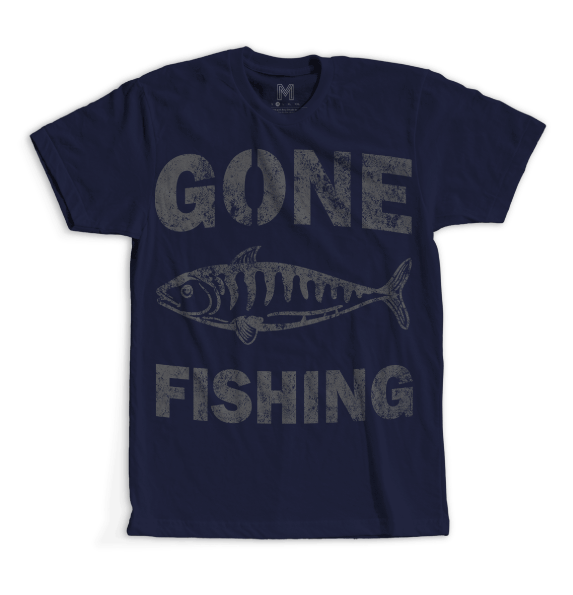
Preparing Your Design for Printing
Before sending your files to the printer, make sure your artwork meets all technical requirements. This step ensures your custom tees look exactly how you envision them.
Checklist for Print-Ready Files:
- Design in CMYK color mode for accurate printing results.
- Use a transparent background (especially for DTG or screen printing).
- Convert text to outlines or shapes to avoid font issues.
- Save files in a preferred format (usually PNG, PDF, AI, or EPS).
- Double-check image size and resolution.
A well-prepared file saves time, prevents errors, and ensures your custom tees turn out perfect.
Finding the Right Printing Partner
Even the best design can be ruined by poor printing. That’s why selecting a reliable printing service is vital when producing custom tees. Look for partners who offer:
- High-quality print samples or reviews.
- Clear pricing and no hidden fees.
- Fast turnaround times and responsive customer support.
- Customization options like tagging, labeling, or eco-friendly inks.
Some popular platforms that make creating custom tees easy include Printful, TeeSpring, Custom Ink, and Vistaprint. Many offer online design tools, mockups, and fulfillment options.
If you’re producing custom tees for resale, consider print-on-demand (POD) services that handle inventory and shipping for you.
Quality Control and Finishing Touches
Once your custom tees are printed, don’t rush the process—quality control is essential. Inspect each shirt for:
- Consistent color and alignment.
- Clean prints without smudges or cracks.
- Accurate sizes and tag placement.
- Stitching and fabric defects.
Add finishing touches that make your custom tees stand out, such as:
- Custom neck tags with your brand logo.
- Eco-friendly or branded packaging.
- Thank-you cards or care instructions.
Attention to detail can elevate your brand’s professionalism and improve customer satisfaction.
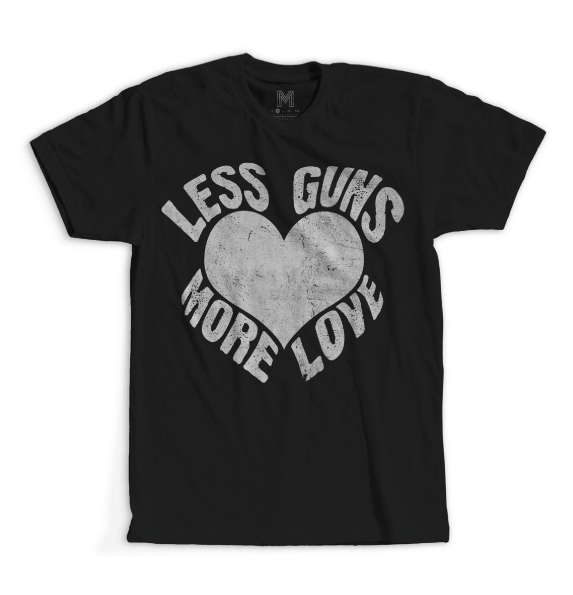
Packaging and Delivery
Presentation matters. When your customers receive their custom tees, the unboxing experience should be as exciting as the shirt itself.
Here are some packaging ideas:
- Simple and sustainable: Use recyclable mailers and minimal packaging.
- Branded boxes: Include your logo and tagline on the box for a premium look.
- Personalized touches: Handwritten notes, stickers, or small freebies can leave a lasting impression.
For shipping, partner with reliable couriers and provide tracking options. If you’re fulfilling large orders, ensure proper folding and stacking to prevent wrinkles or damage.
Best Free Shirt Design Maker Tools for Stunning Custom Apparel
Marketing Your Custom Tees
If you’re selling your custom tees, marketing plays a huge role in success. You can design the most amazing shirt in the world—but if no one knows about it, it won’t sell.
Effective Marketing Ideas:
- Post behind-the-scenes videos of your design process on social media.
- Collaborate with influencers or local artists.
- Run limited-edition drops to create urgency.
- Encourage customers to share photos using your branded hashtag.
- Offer discounts for referrals or first-time buyers.
A strong brand story combined with authentic marketing builds loyalty and spreads awareness for your custom tees.
Caring for Your Tees
Educate your customers (or your team) on how to properly care for custom tees. Proper washing and drying can greatly extend the life of printed designs.
Care Tips:
- Wash inside-out in cold water.
- Avoid bleach and harsh detergents.
- Tumble dry low or air dry.
- Iron on reverse side if necessary.
Including these instructions with every order shows professionalism and ensures long-lasting satisfaction.
Creating professional-quality custom tees doesn’t have to be complicated—it just requires the right approach. By understanding your audience, designing thoughtfully, choosing quality materials, and partnering with reliable printers, you can turn your creative vision into wearable art.
Custom tees are more than products—they’re experiences that connect people, celebrate stories, and express individuality. Whether you’re designing for a brand, an event, or just for fun, following these steps will help you create custom tees that look great, feel comfortable, and leave a lasting impression.
From design to delivery, every detail counts. With the right mindset, materials, and partners, anyone can create custom tees like a pro.
Here is an open source t-shirt design (PNG) that you can download here.